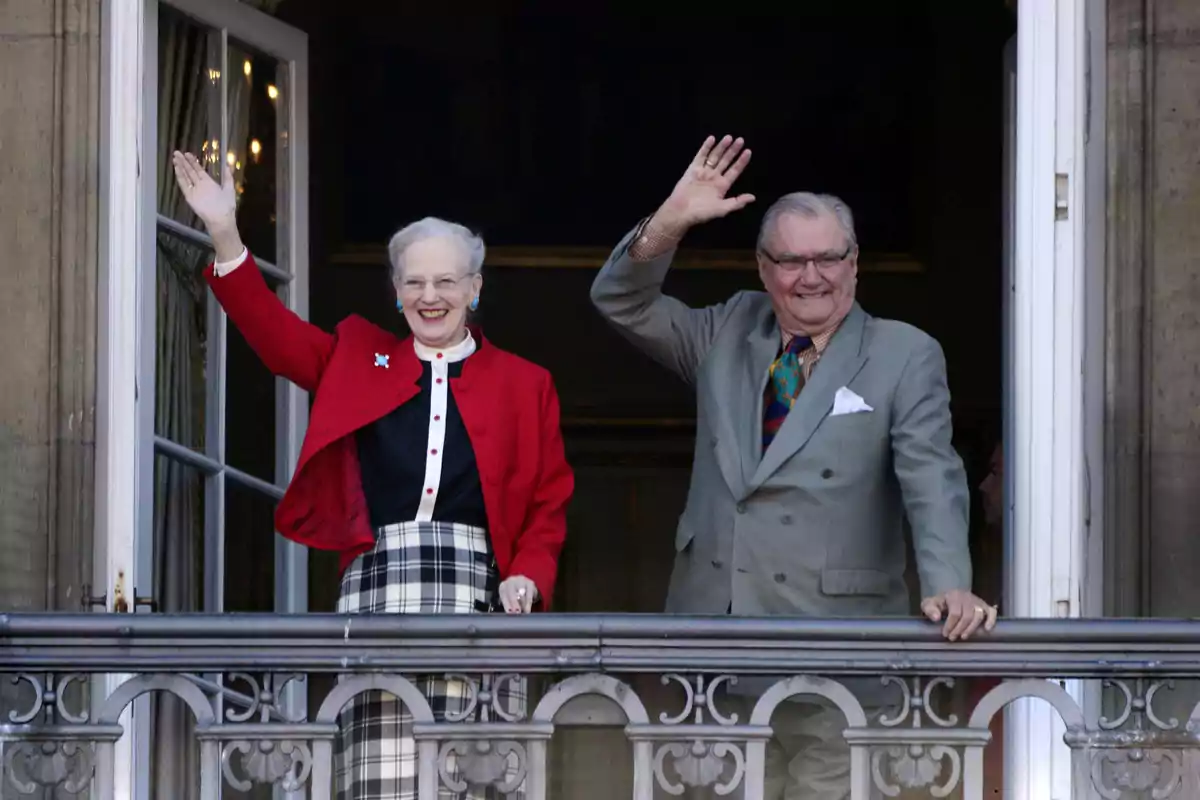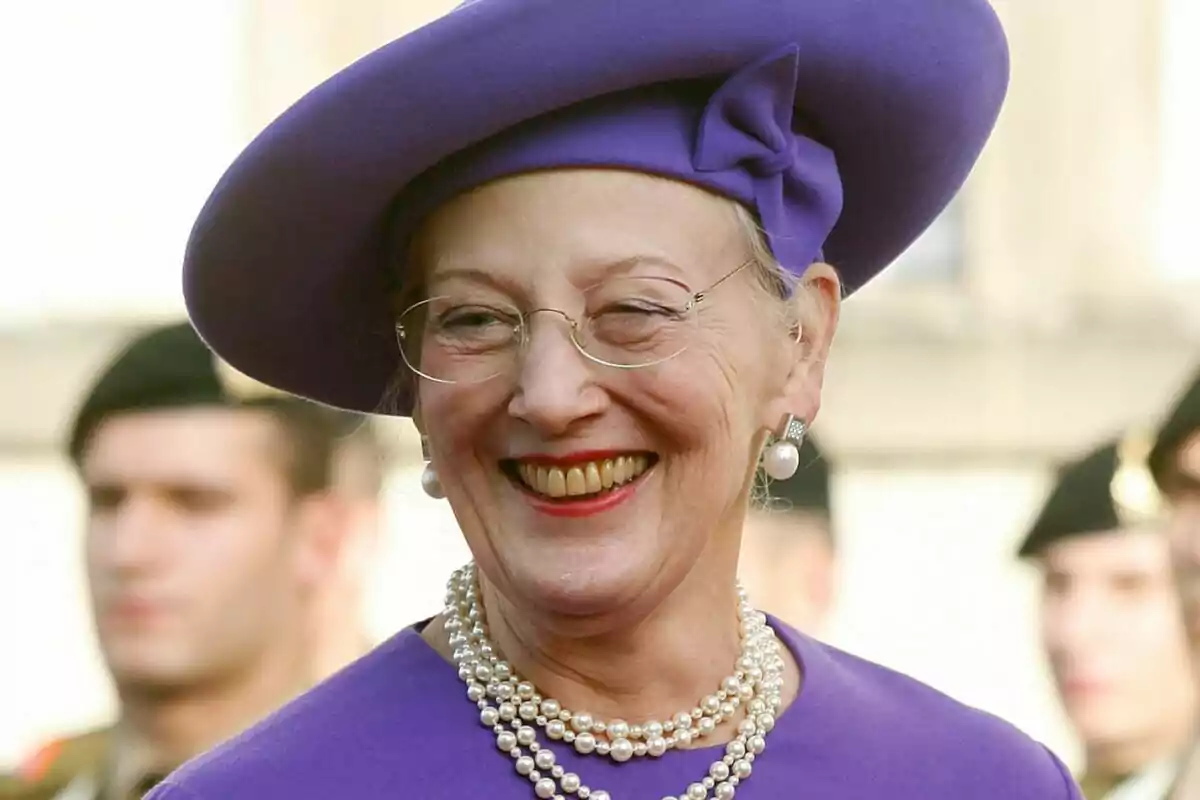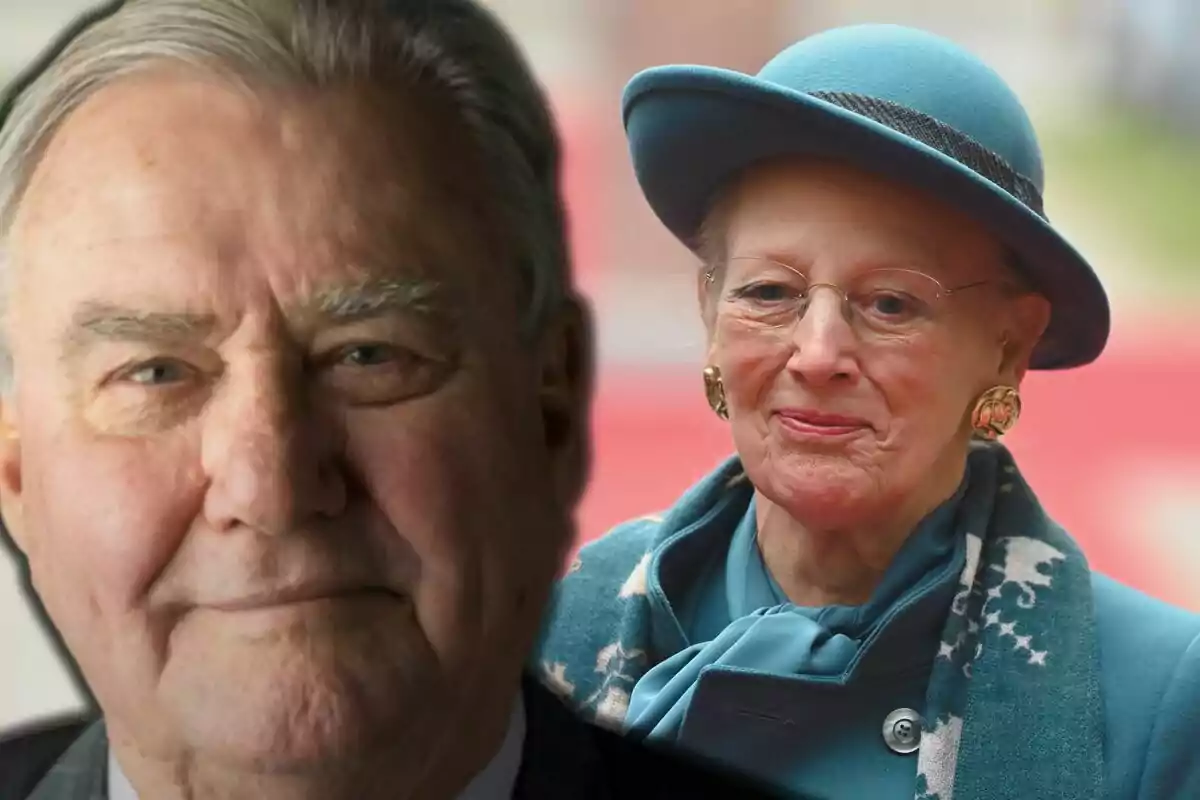Last Tuesday, June 10, Queen Margrethe II would have celebrated her 58th wedding anniversary with Prince Henrik. The monarch met Henri de Laborde, Count of Monpezat, in London during the 1960s. At that time, she hadn't ascended to the throne yet, but she had already found her life partner.
Henri changed his name to Henrik out of respect for Denmark and his new family. They got married in 1967, five years before Margrethe's proclamation as queen, and from that moment, he assumed his role as prince consort.

For decades, Henrik was a controversial figure both inside and outside the country. His strong accent, his stays in France, and his low political profile caused criticism. However, his wife always defended him with conviction.
"Marital happiness consists in two people understanding each other well," Margrethe said about their relationship. She always showed affection and respect for Henrik, even when he made difficult decisions. One of them would forever change her funeral plans.

Queen Margrethe won't be buried with her husband and it's now official
The couple had decided during their lifetime to be buried in Roskilde Cathedral. This historic temple has been the official necropolis of Danish monarchs since the 14th century. They even designed together the tomb where they would rest.
But Henrik broke with that tradition in his final years. He showed his disagreement with not having received the title of king consort. That's why he expressed his wish not to be buried next to the queen.
When he passed away in February 2018, his wishes were fully respected. Half of his ashes were scattered at sea and the other half buried in the gardens of Fredensborg Castle. Thus, his presence in the cathedral was ruled out.
Although Margrethe wanted to rest next to him, she accepted his decision. The tomb they prepared together will hold only her. She will be the first Danish queen to occupy a tomb originally designed for two.
An artistic tomb with shared symbolism
Queen Margrethe's tomb was designed by Danish artist Bjørn Nørgaard. It's a crystal sarcophagus with a modern style and full of symbolism. Inside, there is a double urn, since it was initially going to hold the remains of the queen and her husband, Prince Henrik.
The tomb rests on three stone columns, which represent the three regions of the Kingdom of Denmark. Danish granite, volcanic stone from the Faroe Islands, and marble from Greenland were used. Everything sits on a base made with French stone, as a tribute to Prince Henrik's origins.
Although it will ultimately be used only by the queen, the tomb includes details from both of their histories. There are decorative elements that reflect their life together and each one's personal paths. The insignia of the Order of the Elephant, the country's most important honor, also appears.
Margrethe II has always been a queen very close to art. She has illustrated books, exhibited crafts, and collaborated in the design of this tomb. This work is also a very personal part of her legacy.
A royal legacy marked by difference
The sarcophagus is already installed in Saint Bridget's Chapel, inside the cathedral. It is kept covered and won't be visible until the queen's passing. Meanwhile, a model can be seen in the same cathedral.
Margrethe II abdicated in January 2024 and handed the crown to her son Frederik X. The country continues to recognize her as one of the strongest figures of the European monarchy. At 85 years old, she continues to fulfill commitments punctually.
Prince Henrik was an unconventional consort. His decision not to share a tomb was controversial, but very personal. Despite this, his story with Margrethe remains inseparable.

